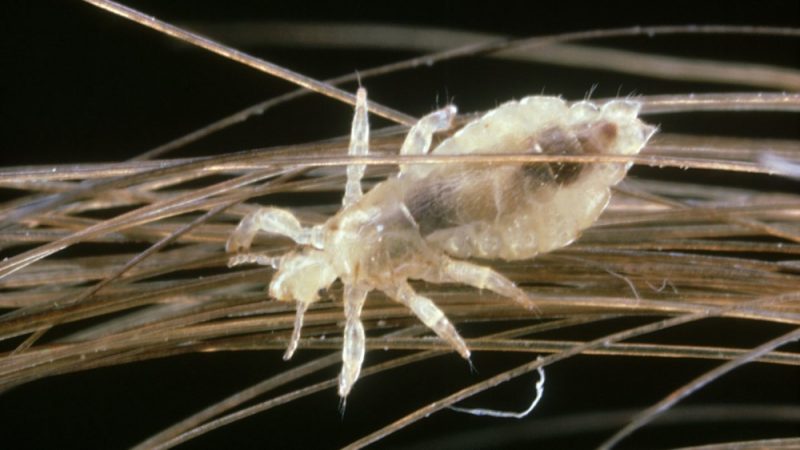What head lice can tell us about human migration

Reviled the world over for making our scalps itch and rapidly spreading in schools, lice have hitched their destiny to our hair follicles. They are the oldest known parasites that feed on the blood of humans, so learning more about lice can tell us quite a bit about our own species and migratory patterns.
[Related: Ancient ivory comb shows that self-care is as old as time.]
A study published November 8 in the open-access journal PLOS ONE found that lice likely came into North America in two waves of migration. First when some humans potentially crossed a land bridge that connected Asia with present day Alaska roughly 16,000 years ago during the end of the last ice age and then again during European colonization.
“In some ways, lice are like living fossils we carry around on our own heads,” study co-author Marina Ascunce, an evolutionary biologist with the United States Department of Agriculture, tells PopSci.
Lice are wingless parasites that live their entire lives on their host and there are three known species that infest humans. Humans and lice have coevolved for thousands of years. The oldest louse specimen known to scientists is 10,000 years old and was found in Brazil in 2000. Since lice and humans have a very intertwined relationship, studying lice can offer clues into human migratory patterns.
“They went on this ride across the world with us. Yet, they are their own organism with some ability to move around on their own (e.g., from one head to another). It provides insight into what happened during our time together,” study co-author and mammal geneticist from the University of Florida David L. Reed tells PopSci.
In this new study, a team of scientists from the United States, Mexico, and Argentina analyzed the genetic variation in 274 human lice uncovered from 25 geographic sites around the world. The analysis showed distinct clusters of lice that rarely interbreed and were found in different locations. Cluster I was found all over the world, while Cluster II was found in Europe and the Americas. The only lice that had ancestry from both clusters are found in the Americas. This distinct group of lice appears to be the result of a mixture between lice that were descended from populations that arrived with the people who crossed the Bering Land Bridge into North America and those descended from European lice.
Researchers found genetic evidence that head lice mirrored both the movement of people into the Americas from Asia and European colonization after Christopher Columbus’s arrival in the late 1400’s.
“Central American head lice harbored the Asian background associated with the foundation of the Americas, while South American lice had marks of the European arrival,” Ariel Toloza, a study co-author and insect toxicologist at Consejo Nacional de Investigaciones Científicas y Técnica (CONICET) in Argentina, tells PopSci. “We also detected a recent human migration from Europe to the Americas after WWII.”
[Related: Rare parasites found in 200 million-year-old reptile poop.]
The evidence in this study supports the theory that the first people living in the Americas came from Asia between 14,000 and 16,000 years ago and moved south into Central and South America. However, other archaeological evidence like the 23,000 to 21,000 year-old White Sands footprints and Native American tradition suggests that humans were already living in the Americas before and during the last ice age. Some potentially 30,000-year-old stone tools were discovered in a cave in Central Mexico in 2020, which also questions the land bridge theory.
The study also fills in some of lice’s evolutionary gaps and the team sequenced the louse full genome for future research.
“The same louse DNA used for this first study was used to analyze their whole genomes and also more lice were collected, so in the next year or so, there will be new studies trying to answer our ongoing questions,” says Ascunce.
Technological improvements can also now help scientists study include ancient DNA from lice that has been found in mummies or even from louse DNA recovered from ancient combs. The study also offers some lessons in studying animals that we may generally experience as a nuisance.
“The world is full of a lot of plants and animals that are reviled or despised,” says Reed. “You never fully [know] what role they play in the environment or what their true value might be. So, be curious and see what stories the lowliest of animals might have to tell.”










